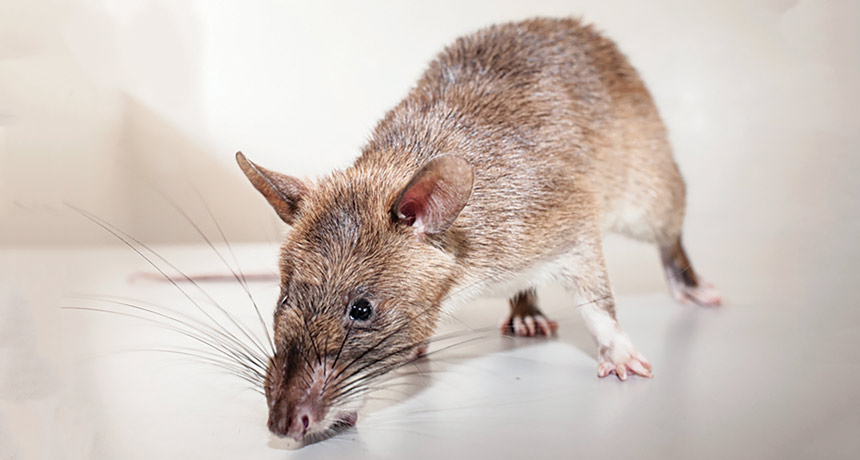With a little convincing, rats can detect tuberculosis
Rodents that excel at detecting land mines could make a difference in a widespread disease

SENSITIVE SCHNOZ African giant pouched rats are trained to sniff sputum in the lab and pause at TB-infected samples.
APOPO